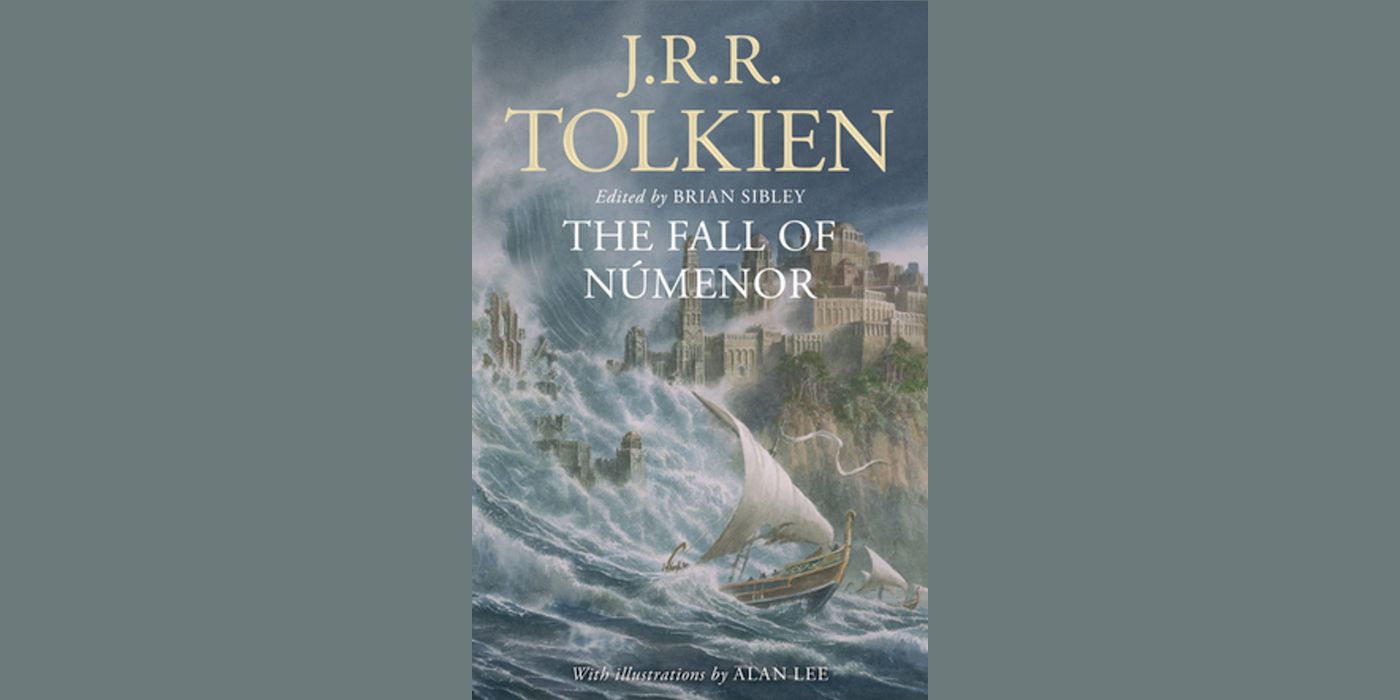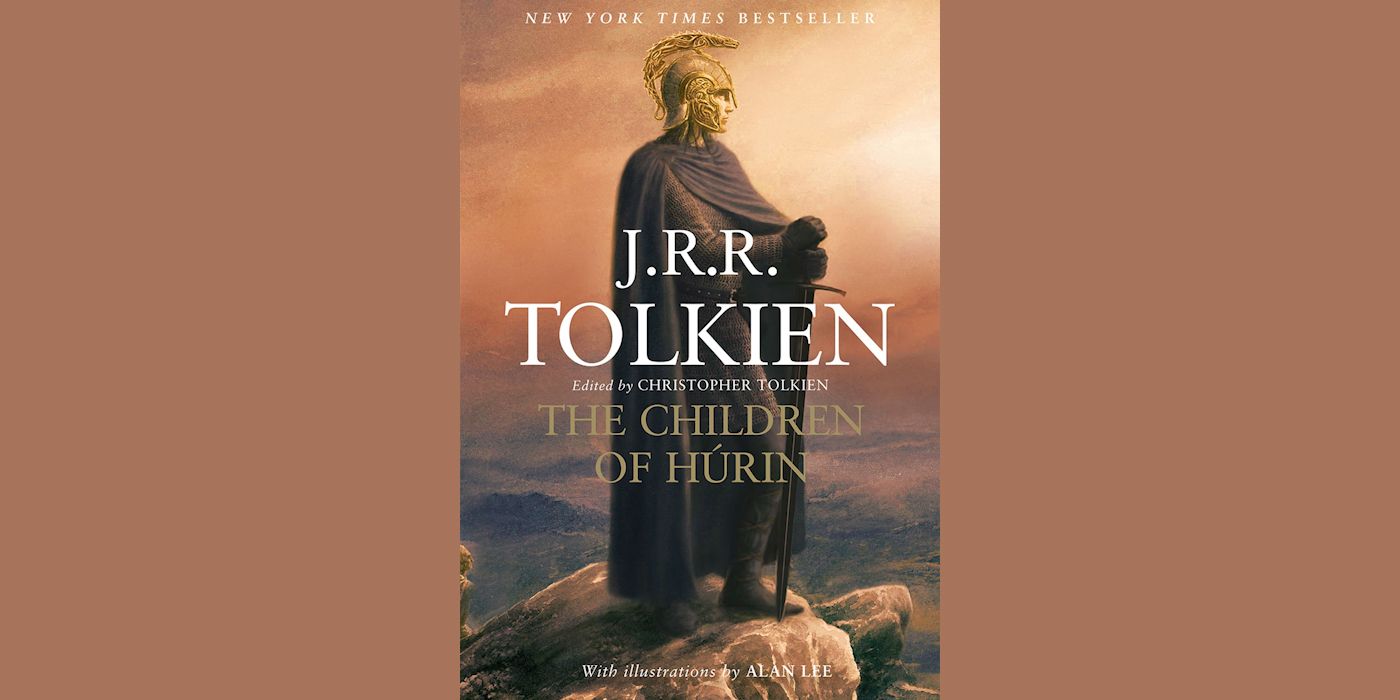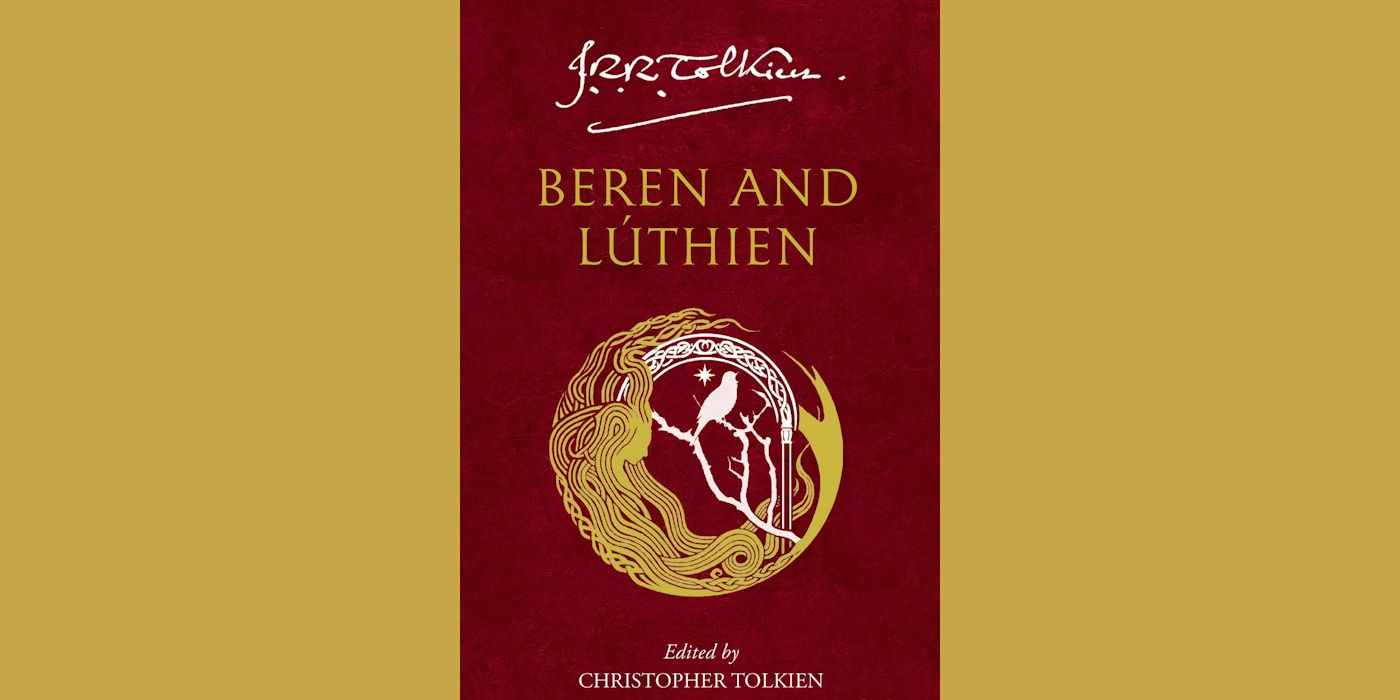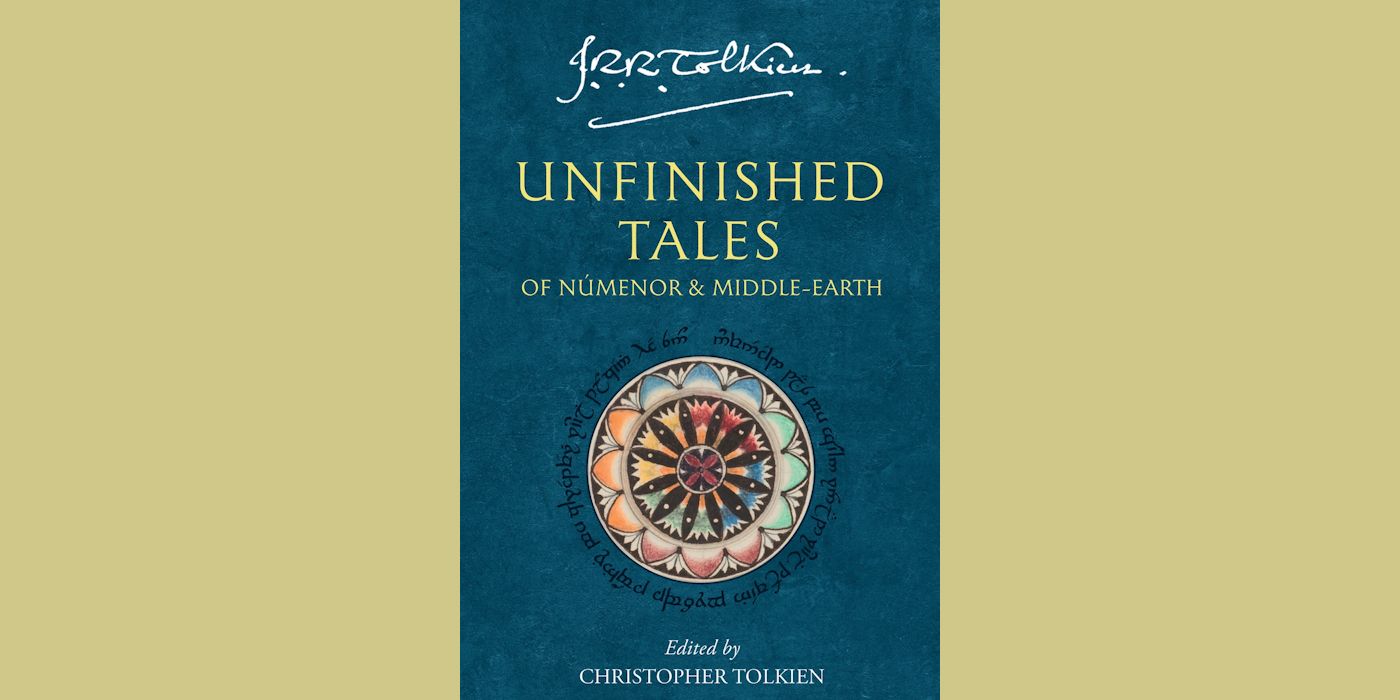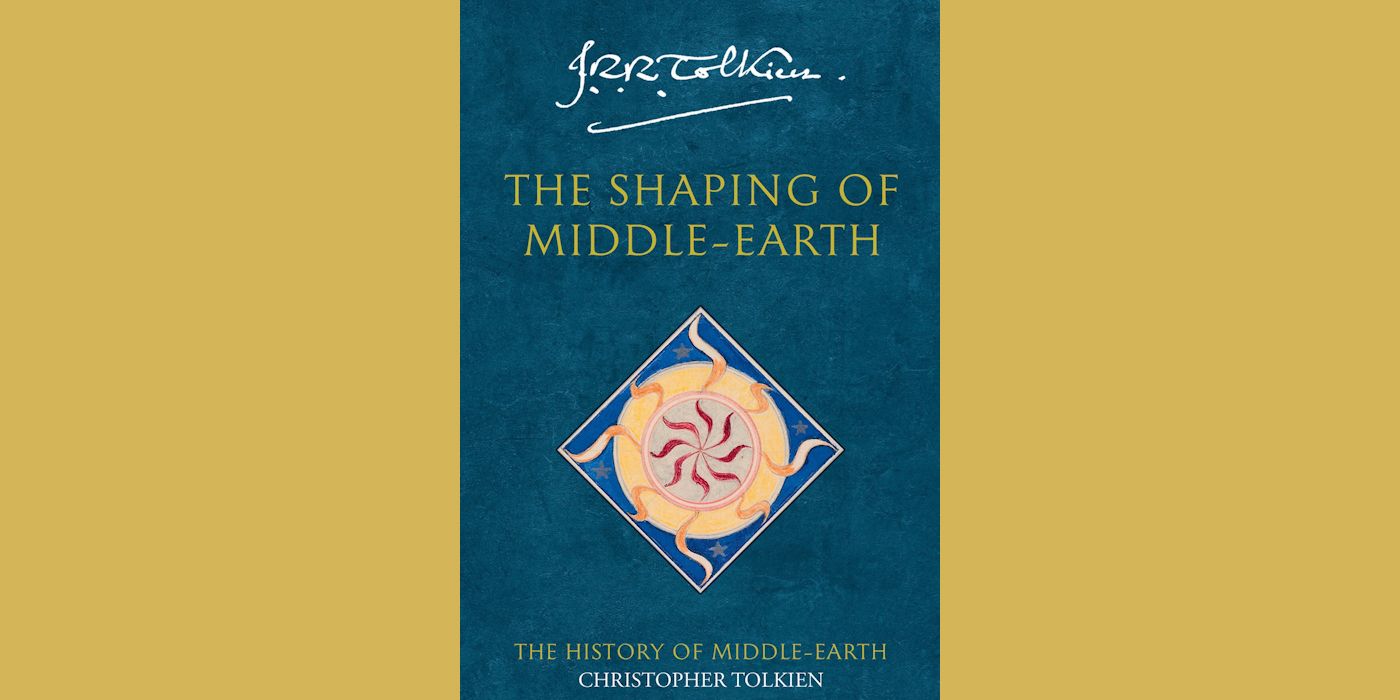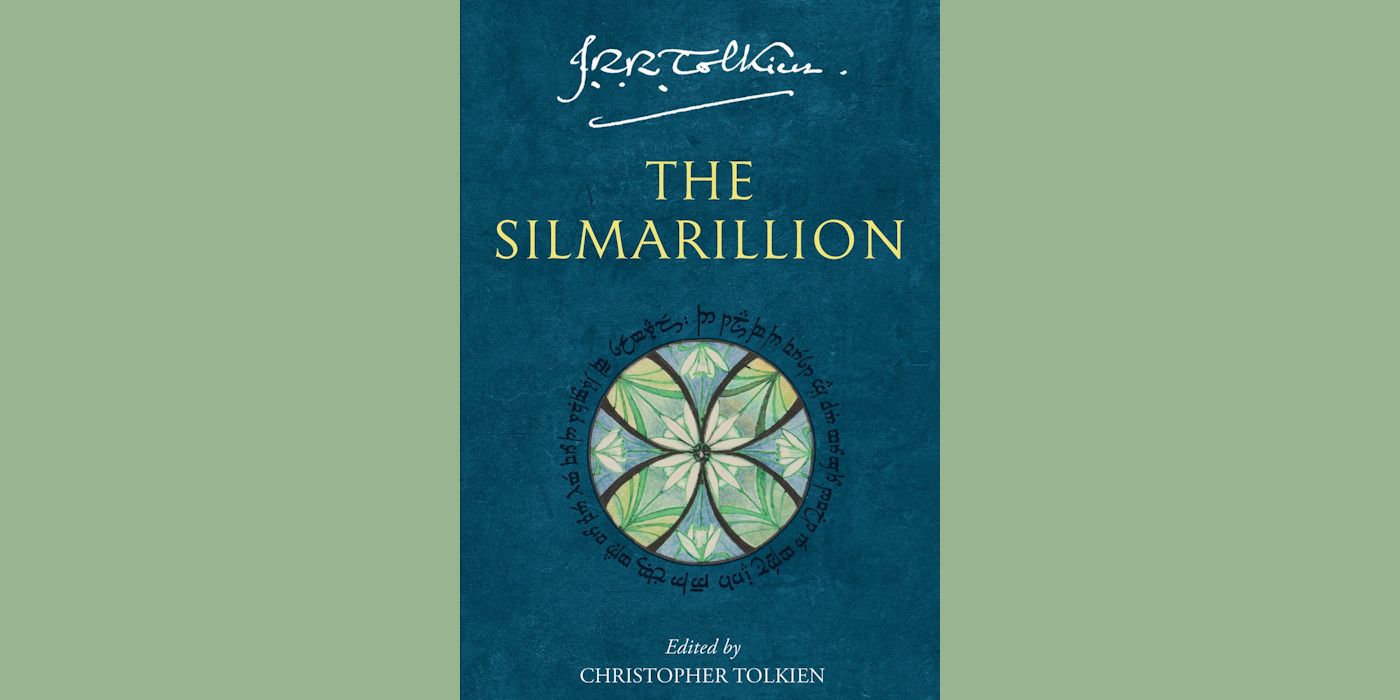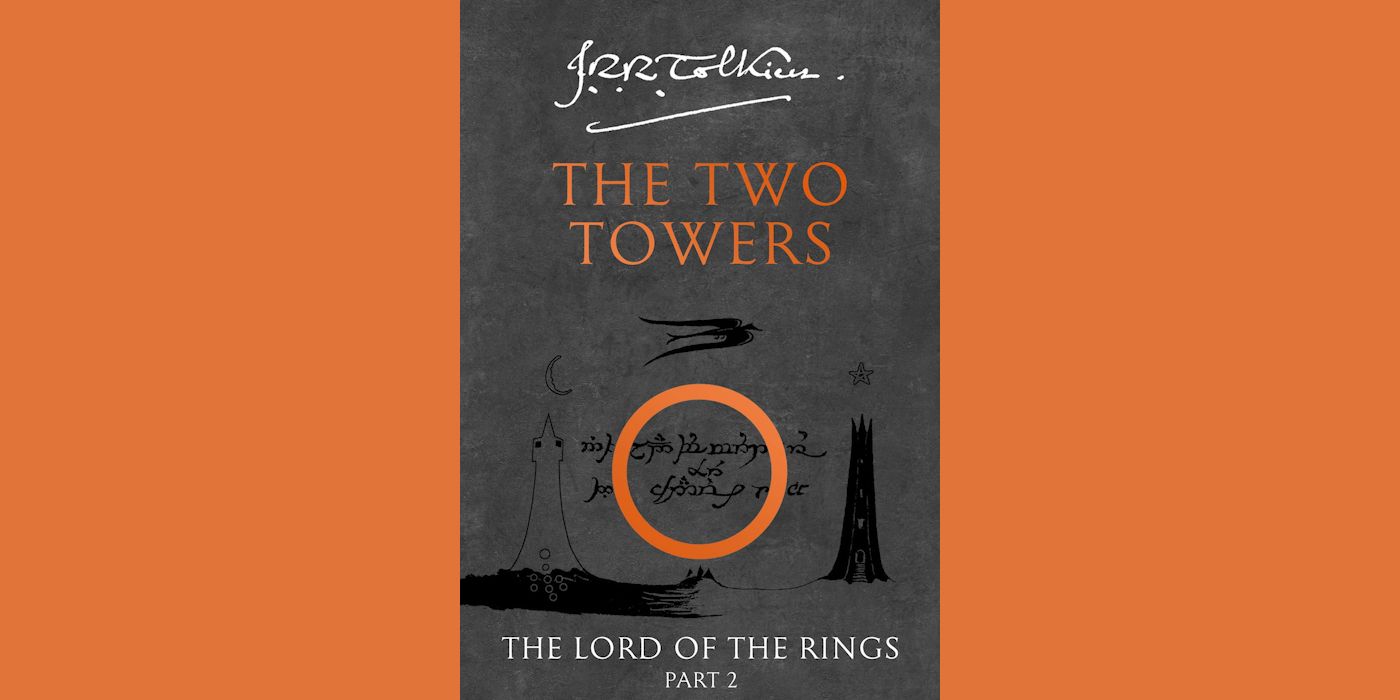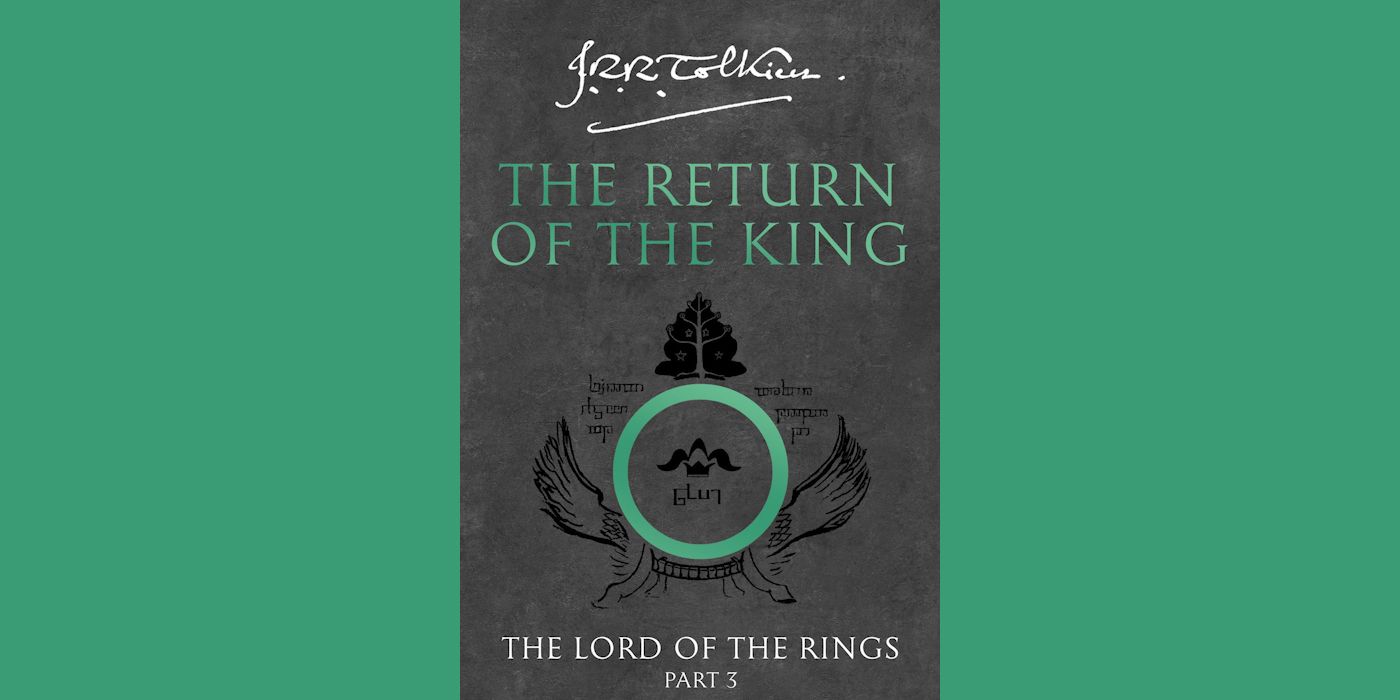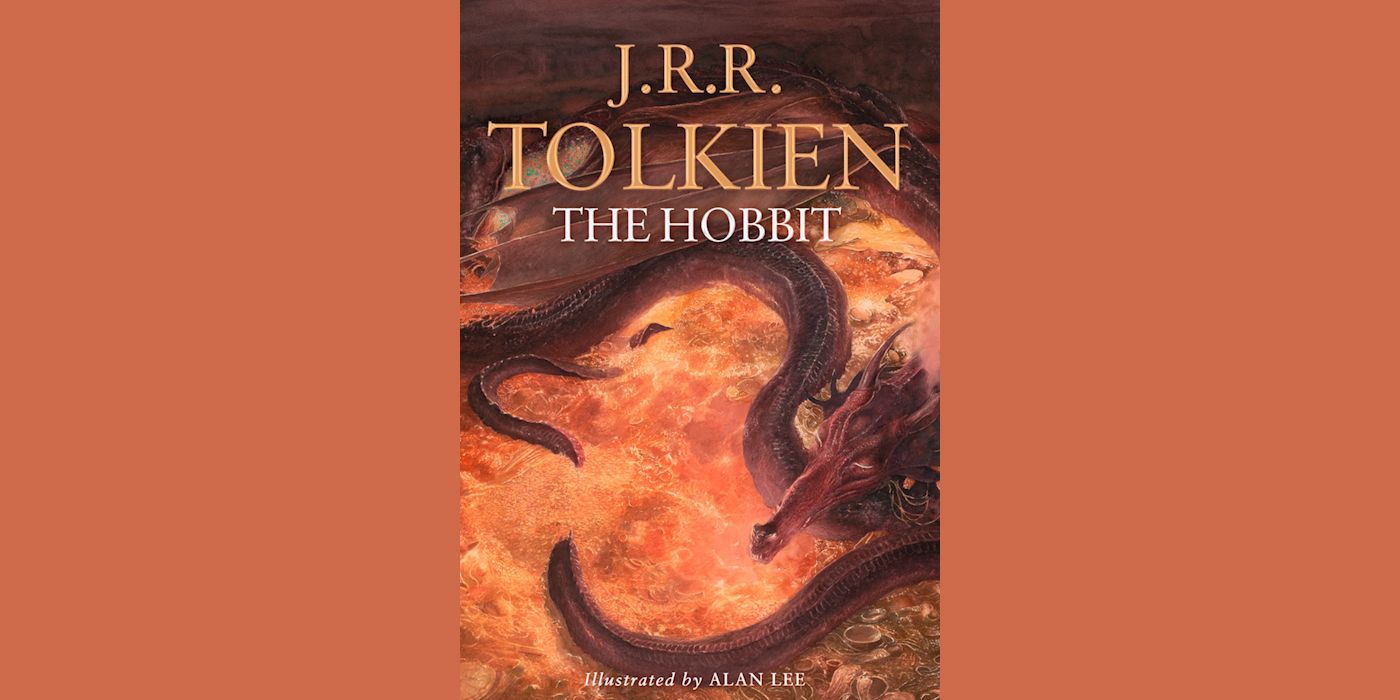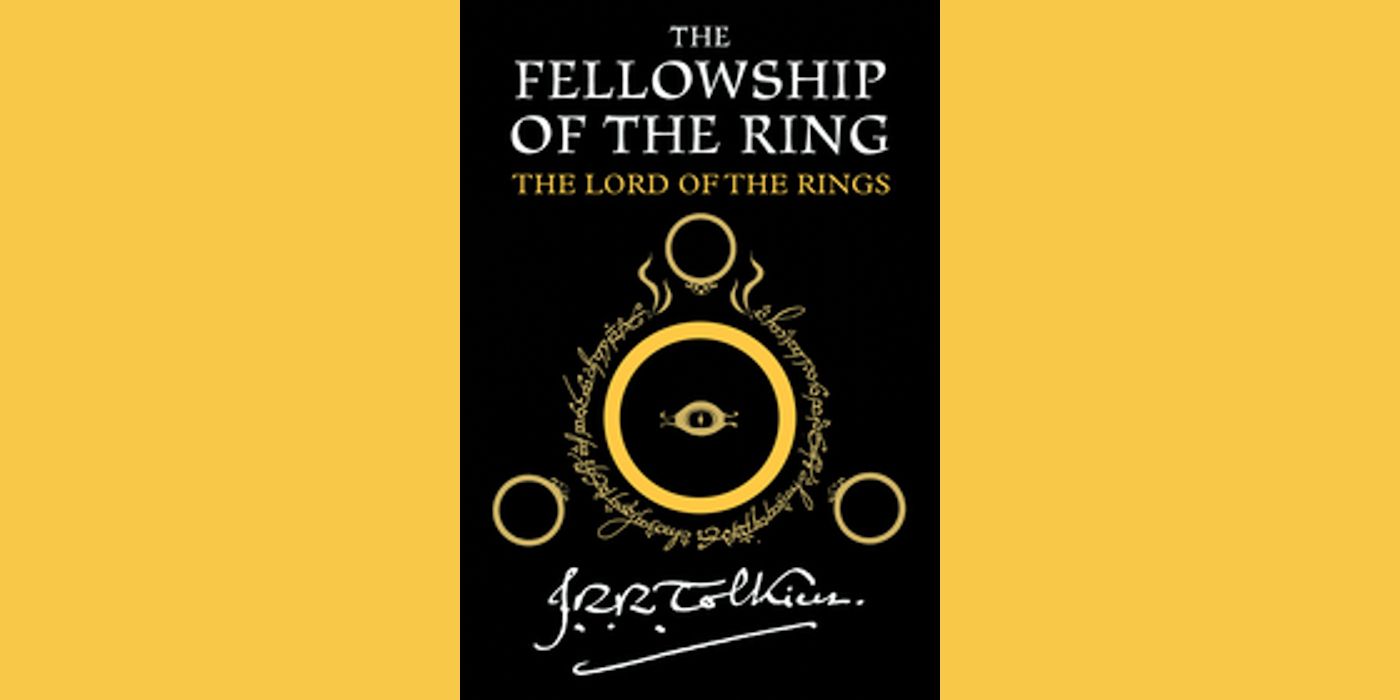J.R.R. Tolkien is the most influential writer in modern fantasy, hands down. His Middle-earth series is a cornerstone of the genre, charming generations of readers and influencing practically every fantasy book to follow. Sprawling, intricate, dramatic, and gorgeously written, his body of work (referred to as the ‘Legendarium’) is truly a staggering achievement, featuring its own elaborate histories and language alongside genuinely compelling plots.
Tolkien passed away in the early 1970s, but his son Christopher continued to edit and publish his writings, greatly fleshing out his fictional universe and producing a wealth of stories for readers to explore. It’s these writings that serve as the basis for Amazon Prime Video’s The Rings of Power series, which has received mixed reviews from critics and viewers. Fans of the franchise looking for more entertainment should give some of Tolkien’s books a try. To assist them, here are all the author’s Lord of the Rings universe books, ranked.
11 ‘The Fall of Gondolin’ (2018)
Morgoth’s attack on the Elven city
“Fight not against doom, O my children!” The Fall of Gondolin is one of Tolkien’s earliest works, written in 1917 but only published in 2018 after editing by Christopher. (It’s impressive just how many decades Tolkien spent thinking about his fictional world.) The book recounts one of the three “Great Tales” of Middle-earth’s First Age. The central plot revolves around Morgoth’s assault on the Elven city of Gondolin, a hidden bastion of peace and beauty. The tale is fittingly epic, replete with treachery, heroism, and action, and is a neat way of bringing Tolkien’s Legendarium full circle.
That said, The Fall of Gondolin was clearly pieced together from drafts, and so is not as polished as the works published during Tolkien’s lifetime. For fans of this universe, however, it’s a great expansion of the world-building and a peek into a bygone era. Finally, the fantastic illustrations by Alan Lee breathe further life into this grand saga, tying it all together.
10 ‘The Fall of Númenor’ (2022)
The downfall of a mighty civilization
“If we love Númenor also, let us enjoy it before they ruin it.” The Fall of Númenor compiles all of Tolkien’s writings about the Second Age, the era in which The Rings of Power takes place. The collection includes entries about the forging of the Rings of Power and the fight to thwart Sauron. The main appeal, however, comes in the book’s focus on the island kingdom of Númenor, a powerful civilization of Men gifted with long life and great wisdom by the Valar.
In particular, The Fall of Númenor draws on various extracts to produce a cohesive account of Númenor’s rise and tragic downfall. It’s a tale of hubris, oath-breaking, and divine retribution. The saga is evidently inspired by Atlantis, and would in turn inspire later fantasy stories, like the Doom of Valyria from A Song of Ice and Fire. Once again, Alan Lee’s paintings and pencil sketches add the perfect finishing touch.
9 ‘The Children of Húrin’ (2007)
A tale of a family’s curse
“A person often meets his destiny on the road he took to avoid it.” The Children of Húrin is another one of the “Great Tales” of the First Age. Written by J.R.R. and edited by Christopher, it tells the bleak story of Túrin and Niënor, the children of the great warrior Húrin. After Húrin defies Morgoth, the dark lord curses his family, leading to a series of misfortunes. Túrin grows up strong and proud, becoming a skilled fighter like his father, but his life is marred by sorrow and doom.
The writing style here is quite a bit drier and less entertaining than in the Lord of the Rings books or The Hobbit, feeling more like a history than an adventure. It’s a little disjointed and perhaps a little too long. For this reason, the book may be off-putting for more casual readers. But for Tolkien stans, it features more than information and insight to hold the attention.
8 ‘Beren and Lúthien’ (2017)
An epic love story that defies all odds
“There is a magic about you and a resilience that has been a beacon of hope in my darkest hours.” The last of the “Great Tales” is a love story set against the backdrop of war and darkness in Middle-earth’s First Age. The plot follows the mortal man Beren and the Elven princess Lúthien. Their love is forbidden, but they defy all odds to be together, in a parallel to Aragorn and Arwen. To win Lúthien’s hand, Beren undertakes a nearly impossible quest to retrieve a Silmaril from the crown of Morgoth, the most formidable dark power in the world.
The book consists of both poetry and prose, and includes both earlier and later drafts of the story, showing the way Tolkien’s fictional universe evolved over time. For example, Beren’s nemesis here is initially a cat-demon, then the “Necromancer,” then, eventually, Sauron. In other words, the seams are showing, but that only makes one appreciate the scope of the work even more.
7 ‘Unfinished Tales’ (1980)
Fragments that reveal Middle-earth’s untold stories
“Fear both the heat and the cold of your heart, and try to have patience, if you can.” Unfinished Tales of Númenor and Middle-earth is a collection of narratives that expand on key events and characters within Tolkien’s world. Edited by Christopher, it includes stories that were left incomplete by J.R.R., offering a deep dive into the lore of Middle-earth. The book covers various periods, from the First Age to the events leading up to The Lord of the Rings. Highlights include the tale of Tuor’s journey to Gondolin, the history of Galadriel and Celeborn, and the founding of Rohan.
As with many of J.R.R.’s posthumous publications, Unfinished Tales can be a little dry and overly fragmentary, but there’s no denying the breadth of information on offer here. For example, it features everything from an account of Isildur’s death to an essay on the Palantíri seeing-stones. There are even some never-before-seen conversations between Gandalf and Frodo. At the time, it represented a major expansion of LOTR lore.
6 ‘The History of Middle-earth’ (1983–1996)
The evolution of Tolkien’s epic universe
“Roads go ever ever on under cloud and under star…” Following the commercial success of Unfinished Tales, indicating a public hunger for more LOTR stories, Christopher edited the twelve-volume History of Middle-earth, perhaps the best glimpse into Tolkien’s creative process. The collection delves into the development of the world of Middle-earth, from early drafts and abandoned stories to detailed linguistic and mythological explorations. Each volume provides readers with access to different stages of Tolkien’s writing, including alternate versions of The Silmarillion, The Lord of the Rings, and The Hobbit.
The series reveals the intricacies of Tolkien’s world-building, showcasing his commitment to crafting a fully realized universe with its own languages, cultures, and history. Perhaps more than anything, this was the author’s most lasting contribution to the fantasy genre. There is a fair amount of repetition that may get slightly boring, and some sections are intimidatingly dense, but these can be skipped, and the reader can search for the parts that interest them.
5 ‘The Silmarillion’ (1977)
Chronicling the saga of the Silmarils
“Love not too well the work of thy hands and the devices of thy heart…” Edited by Christopher and published a few years after J.R.R’s death, this volume weaves together the creation of the world, the rise and fall of powerful beings, and the epic struggles that shaped the history of Middle-earth. Central to the narrative are the Silmarils, three luminous jewels crafted by the Elven smith Fëanor, which become the focus of conflict and tragedy.
In other words, The Silmarillion is a precursor to the events of The Lord of the Rings, exploring the grim reign of Morgoth and the heroic deeds of an earlier generation of heroes. It’s not as entertaining as The Hobbit or LotR (some sections are decidedly dull), but the events it describes are just as important. Some readers (and supposedly Tolkien himself) view The Silmarillion, not The Lord of the Rings, as the centerpiece of the Middle-earth saga.
4 ‘The Two Towers’ (1954)
The journey continues as The Fellowship’s paths diverge
“A red sun rises. Blood has been spilled this night.” The second volume of LotR is split into two main threads: Aragorn, Legolas, and Gimli pursuing the captured hobbits Merry and Pippin; and Frodo and Sam’s perilous journey toward Mordor with the One Ring. Significant events include the battle at Helm’s Deep, the reappearance of Gollum, Gandalf’s return, the treachery of Saruman, and the entanglement of the Ents, who rise against the industrial forces of Isengard.
In other words, The Two Towers maintains the drama and richness of The Fellowship of the Ring. The Lord of the Rings is really one long book, but it was split into three volumes on release due to post-WWII paper shortages. This division works (and is certainly more merciful on the attention span). Consequently, The Two Towers is perhaps the most ambiguous entry in the trilogy, beginning and ending in medias res; even its title is not clear about exactly which towers are being referenced.
3 ‘The Return of the King’ (1955)
The final stand against Sauron’s forces
“Courage is found in unlikely places.” LotR builds up to the fittingly epic and emotional Return of the King. The central plots here are the defense of Gondor against Sauron’s massive army, as well as Frodo and Sam’s quest to destroy the One Ring in the fires of Mount Doom. Once again, there’s just so much story on display: the Battle of the Pelennor Fields, the ghostly Oathbreakers, the smiting of the Witch-king, and Aragorn’s ascension to the throne. It’s a phenomenal conclusion to a legitimate work of fantasy genius.
The book is also notable now for its differences from Peter Jackson‘s film version. For example, the movie omits the penultimate chapter ‘The Scouring of the Shire’, which some consider to be one of the most important in the trilogy. In it, the Hobbits return home to find the Shire overrun by Orcs, who must be booted out. It’s an intriguing conclusion, especially coming after the more intense fights earlier in the book. Some commentators have even interpreted it as a commentary on postwar Britain.
2 ‘The Hobbit’ (1937)
The brave Bilbo’s unexpected adventure
“In a hole in the ground there lived a hobbit.” When it comes to pure enjoyment, none of Tolkien’s works can top The Hobbit, his most charming and straightforward book. It introduces the lovable Bilbo Baggins, whose quiet life in the Shire is turned upside down when he is unexpectedly recruited by the wizard Gandalf to join a group of thirteen dwarves on a daring quest. Led by Thorin Oakenshield, the dwarves aim to reclaim their homeland, the Lonely Mountain, and its treasure from the fearsome dragon Smaug.
Where The Lord of the Rings is sprawling and maximalist, The Hobbit is compact at just 310 pages, and focuses on a much more limited cast of characters. What it lacks in scope, however, it makes for up in wit, imagination, and humor, serving up one engaging scene after another. This is because it was aimed at children rather than adults. The result is an absolute gem, and the best starting point for newcomers to Tolkien’s writing.
1 ‘The Fellowship of the Ring’ (1954)
The start of Frodo’s journey to destroy the One Ring
“Not all those who wander are lost.” Tolkien’s finest book is the first volume of The Lord of the Rings. The Fellowship of the Ring expands the world introduced in The Hobbit into a cosmic tale of friendship, courage, and the struggle between good and evil. The story begins with the revelation that the seemingly innocuous ring found by Bilbo Baggins is, in fact, the One Ring, a powerful artifact forged by the Dark Lord Sauron to control all other rings of power. This sets Frodo’s quest in motion, soon leading to run-ins with Nazgûl, goblins, balrogs, and worse.
This book just has everything: cozy opening chapters followed by adventure, rising danger, and a climactic tragedy in the death of Gandalf. The plot never waivers, and the stakes just get higher and higher as the story rolls along. The Fellowship of the Ring is truly seismic, decisively dividing fantasy into “before” and “after”. It continues to cast a long, perhaps even inescapable shadow over the whole genre.


